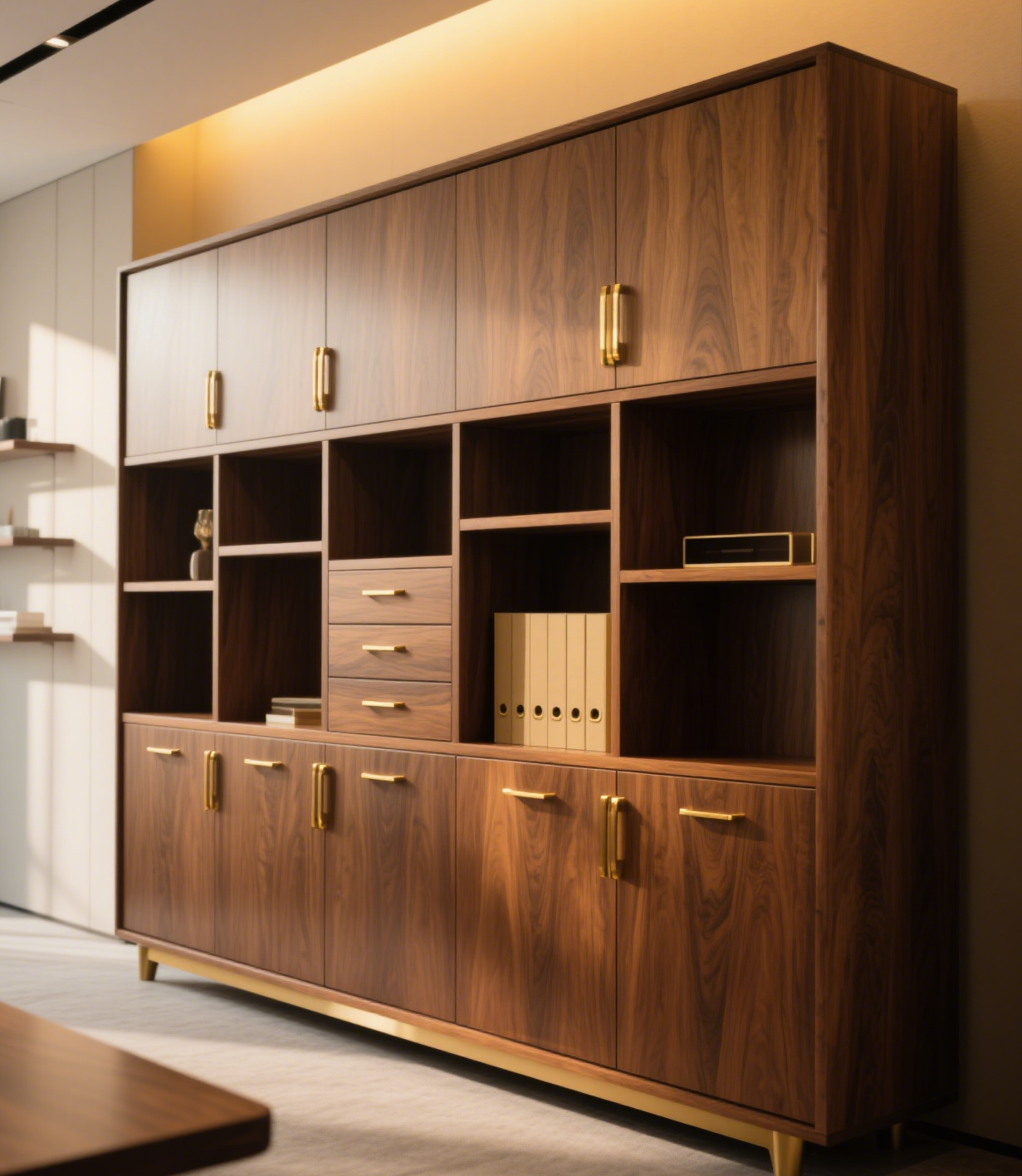
When it comes to wood furniture, high humidity can be a real nightmare. In a high - humidity environment, wood furniture is prone to a variety of problems. For instance, mold is a common issue. The warm and damp conditions provide an ideal breeding ground for mold spores, which can quickly spread across the surface of the furniture. This not only looks unappealing but can also pose health risks.
Another problem is warping. Wood absorbs moisture from the air, causing it to expand. When the humidity level fluctuates, the wood contracts unevenly, leading to warping or even cracking. And in some cases, the paint on the furniture may start to peel off due to the high moisture content, exposing the bare wood underneath.

If you have solid wood furniture in your bedroom, it's important to keep the humidity stable. You can place a dehumidifier in the room. In a living - room setting, where there is more foot traffic and ventilation, open the windows regularly to allow fresh air to circulate. For solid wood furniture stored in a warehouse, using desiccant packs can be an effective way to reduce moisture.
Artificial board furniture is more sensitive to moisture. In a bedroom, you can use a moisture - proof cover to protect it. In the living room, avoid placing it near sources of moisture like windows or bathrooms. In a warehouse, ensure proper ventilation and consider using a large - scale dehumidifier to maintain a dry environment.
There are several cost - effective dehumidification tools you can use. Dehumidification boxes are great for small spaces like closets or drawers. They absorb moisture gradually and can be easily replaced when full. Desiccants, such as silica gel packs, are also very useful. You can place them in storage areas to keep the air dry.
Proper ventilation is another key factor. Opening windows during dry periods or using fans to circulate air can significantly reduce humidity levels. However, you need to be careful not to let in too much outdoor moisture during rainy days.

When cleaning wood furniture, it's crucial to choose a safe and gentle cleaner. Avoid using harsh chemicals that can damage the surface coating or the wood's natural texture. A mixture of mild dish soap and water is often a good choice. Dampen a soft cloth with the solution and gently wipe the furniture, then dry it immediately with a clean, dry cloth.
For minor scratches on wood furniture, you can try some simple DIY methods. Applying wood wax oil is a great way. It not only fills in the scratches but also provides a protective layer for the wood. Another option is to use toothpaste. Gently rub the toothpaste into the scratch with a soft cloth, and then wipe it off. You'll be surprised at how well it can reduce the appearance of scratches. Here is a before - and - after comparison:

A foreign trade customer once faced a big challenge during the rainy season in Southeast Asia. They had a large shipment of wood furniture to send out. By using a combination of dehumidification tools, proper ventilation, and careful packaging, they managed to protect the furniture from moisture damage. The furniture arrived at the destination in perfect condition, which not only saved costs but also enhanced customer satisfaction.
To sum it up, protecting wood furniture from moisture involves understanding the problems, using the right moisture - proof strategies, choosing the appropriate dehumidification tools, cleaning safely, and being able to repair scratches. Let every piece of exported furniture stand up to the climate test and protect the quality from the source to enhance customer satisfaction. Have you encountered any furniture moisture problems? Leave a message below and share your experiences.


.png?x-oss-process=image/resize,h_800,m_lfit/format,webp)








